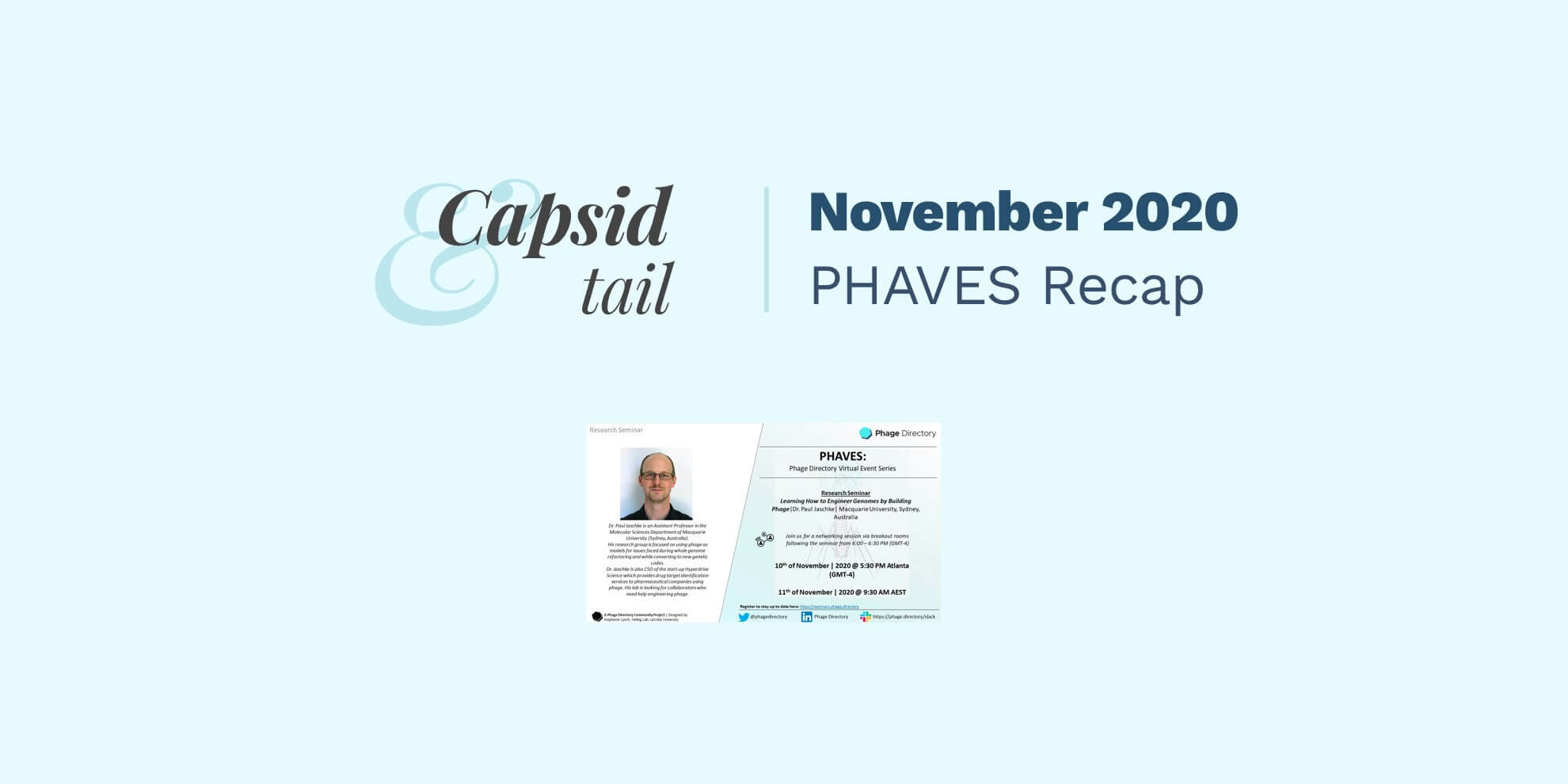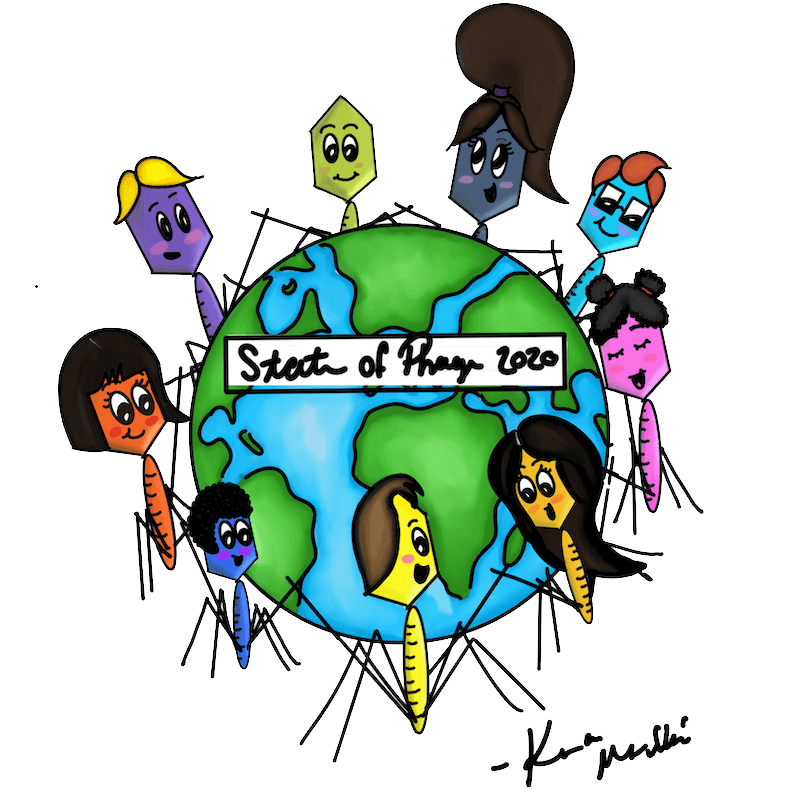Ameneh Khatami (University of Sydney) and colleagues published a new preprint showing therapeutic monitoring of the host-bacterium-phage interaction in a child. They describe how they treated a 7-year-old with a chronic osteoarticular Pseudomonas infection, and how monitoring phage and bacterial kinetics and the human host response allowed them to adjust dosing early on, leading to a strong therapeutic effect within two weeks. Phage Directory is proud to have helped source phages for this effort, and especially proud of the 12 labs who responded to our alert last summer.
Lorraine Draper (APC Microbiome Ireland) and colleagues published a new paper in BMC Biology showing the impact of faecal viral transfer (FVT) on the mouse microbiome after antibiotic perturbation. They saw that FVT helped the mice get back to a pre-antibiotic microbiome, but only when the FVT contained viable phages.
Roberto Molina-Quiroz (Centro de Estudios Científicos, Chile) and colleagues published a new paper in mSphere showing that prophage-dependent neighbor predation in Vibrio cholerae leads to enhanced horizontal gene transfer by natural transformation.
The WHO’s 4th Clinical Antibacterial Pipeline Advisory Group Meeting took place this week. Haileyesus Getahun, MD (Joint Secretariat on AMR at WHO) stated via Twitter that for the first time, available data on phage therapy was set to be evaluated.
Adaptive Phage Therapeutics (APT) is working toward a phage-based COVID vaccine — a phage engineered to express epitopes of SARS-CoV2 on the surface of the capsid. Phage-based vaccines are attractive because they are considered safe in the body and self-adjuvanted. APT is exploring the potential for an oral delivery system in the form of a lozenge.







